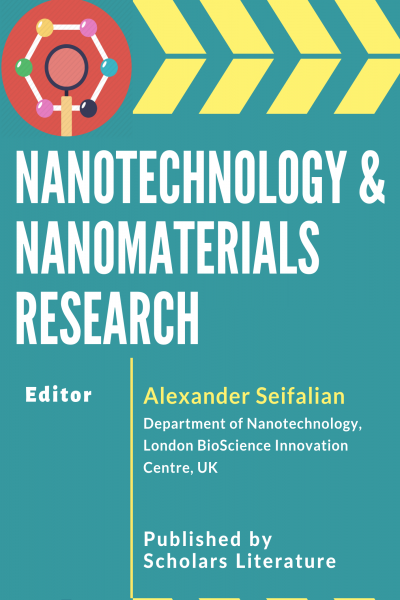Journal Highlights
Nanotechnology and Nanomaterials Research covers the aspects and topics associated with the synthesis, characterization, properties, and applications of nanomaterials and nanotechnology in improving the human life. The journal takes a multidisciplinary approach by offering a unique platform to promote the involvement and association of nanotechnology and nanomaterials in the overall betterment and protection of human health and environment.
Biomedical nanotechnology
Improvement of biological processes in nanoscale, the development of specific biomaterials, and the design of accurate measurement devices.
Computational nanotechnology
Development and use of computer-based models for understanding, analysing, and predicting the behaviour or properties of systems relevant to nanotechnology.
Environmental nanotechnology
Application of nanotechnology techniques to reducing or preventing damage to our environment.
Nanocatalysis
The use of nanoparticles to catalyze reactions. Nanocatalysts are reported to be catalytically more active than conventional heterogeneous catalysts.
Functional nano-biomaterials
To design and develop living tissue and artificial materials intend to be used for the repair, replacement, and stimulation of biological systems.
Nanoelectronics
Use of nanotechnology to design and develop electronic components in nanoscale sizes.
Nanofabrication
To produce nanoscale structures that form part of a system, device, or component in large quantities and at a very low cost.
Nanosensors
To develop a smart analytical device, incorporating biological recognition elements or biomimetics, and are applied for the rapid detection.


